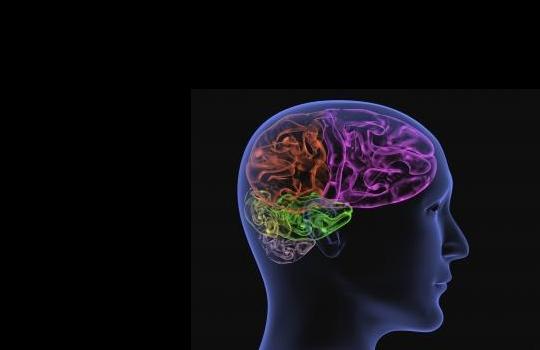Organisational Development (OD) is not so much a discipline as the application of accumulated experience of dealing with differing theories, practices and models. Chris Nutt tackles the tangled web.
This often involves considering two or more apparently contradictory theories at the same time. When those theories involve different value sets and stress opposite attitudinal features, then the OD practitioner can truly be called a member of a schizophrenic profession!
Indeed, two OD perspectives are emerging and they are moving in different – even opposite – directions.
Proponents of conventional OD believe that successful change must be planned, multi-disciplinary, continuous and iterative; this delivers ‘predictable and logical’ outcomes. They assume that we can work it out in advance, that multiple practices operate in silos, that change is uninterrupted and that we can repeat steps in the change process. They also assume that we can ‘see into the future’ and that we can impose our own ‘rationality’ on other cultures.
Proponents of contemporary OD embrace complexity and novelty emerging from social interaction, to facilitate inter-disciplinary working. Supporters recognise that stability is attractive too, and that we should change the process for new situations as they arise, rather than repeat the steps. Contemporary OD also stresses that we can learn to work successfully with, and draw on, unpredictable situations and value diverse cultures, not impose our own logic.
OD practitioners have often ducked this dichotomy by adopting a core model of change, underpinned by their personal professional background and values. But this narrows their perspective and limits their interventions because it filters out other possibilities. Importantly, it reduces their capacity to build bridges with others who hold different theories, and makes working with them – as OD practitioners must – difficult.
In a complex business environment, successful practitioners must apply a ‘both / and’ mode of thinking. But how?
Let’s take a look at two simplified, seemingly conflicting approaches to management and change.

Both sides believe that their view of the world is right – and indeed, most practitioners agree elements are useful at some level or in some circumstances. This grudging acceptance is the conventional way of dealing with this contrasting thinking about managing change – we lean towards one side or the other according to our professional background, perhaps thinking privately that our way is better, but publicly advocating the other position because of political expedience or the circumstance.
However, it is hugely empowering for OD professionals if we can use the potential in both theoretical positions in every circumstance. Doing this creates a new model to help the practitioner build bridges across departments who perhaps don’t share the same views, facilitate the emergence of coalitions, and influence mutual understanding across networks, and create the potential for fruitful change.
If the OD professional prefers one way of managing change, interventions will be inevitably one sided. Conversely, if the OD practitioner is ambivalent or undecided as to which contradictory ideas are relevant to change, then schizophrenia will become unbearable!
So, here are some suggestions to manage this reconciliation of opposing views:
Complementing
Regarding each pairing as complementary strategies. This combines the ‘science’ of management with the ‘art and craft’ of managing the messy politics of social dynamics. Viewing each challenge through multiple lenses gives a more complex, but more complete picture.
Integrative thinking, or “minding”
Integrative thinking is considering two opposing ideas simultaneously to prdduce a synthesis. It is the ability to detect what is relevant and important and to keep a global view of the situation and its consequences for all involved. This is an inner conversation that I call ‘minding’. It is implicit in the experienced OD professional uses intuition to make appropriate interventions in many different circumstances.
Unifying
Interventions that have most effect on organisational development are likely to be those that change power relationships and mutual understanding across technical and social boundaries. Here, integrative inner conversations help us to facilitate the public conversations since we can genuinely celebrate each perspective – rather than merely tolerate or be ambivalent towards them.
Once you’ve begun to take into account what each opposing view can offer to a situation, you will develop a new model, combining the best of both. This will enable you to relax with both perspectives – and throw away the medication.
Chris Nutt is Chairman of the pioneering FISSING HR Strategy Research and Benchmarking Club and Vice President of the HR Society. If you would like to know more about this approach to OD, he is leading a Master Class, “Understanding Organisational Development” for the Society, at the National Liberal Club on Thursday, 22nd April, from 10.00 until 4.30.









